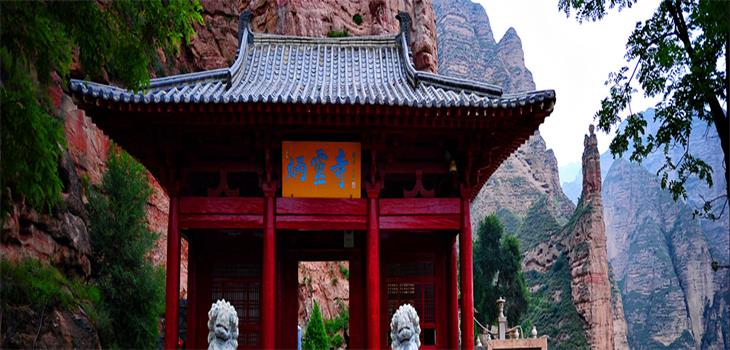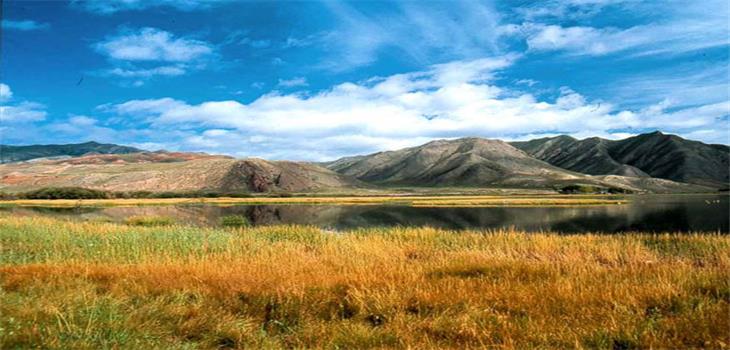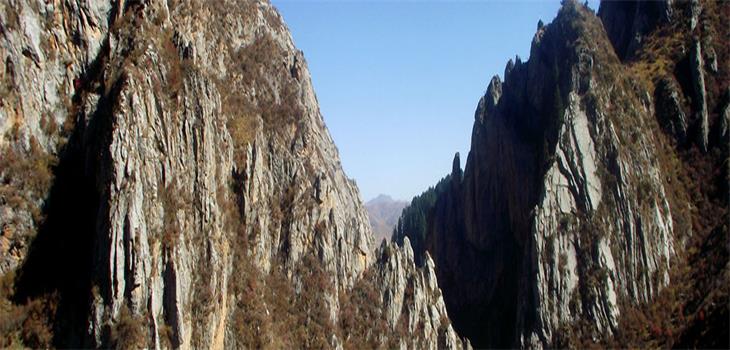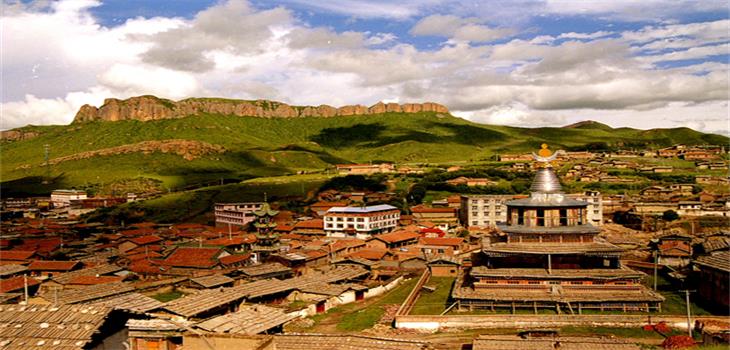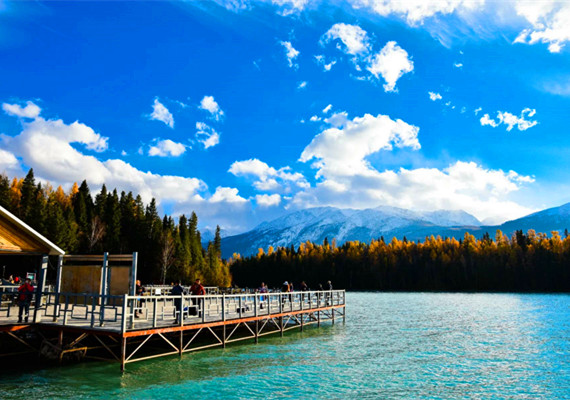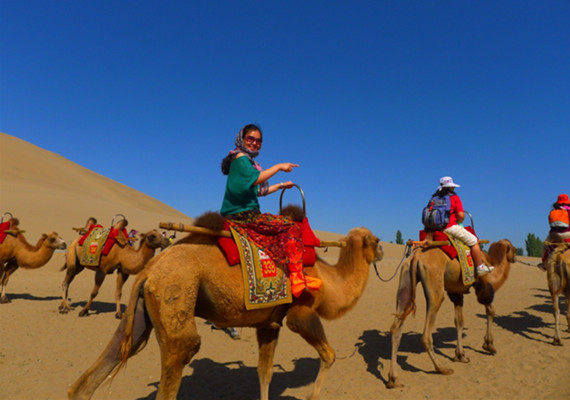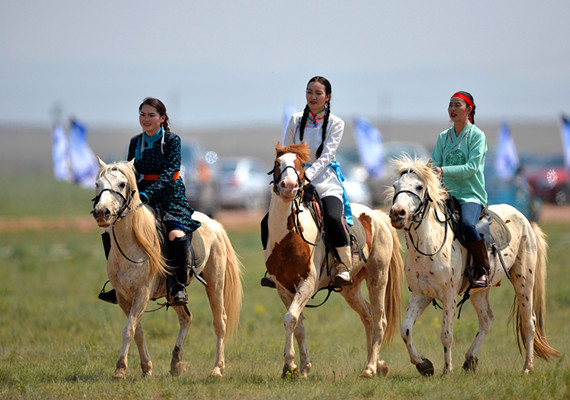Six-day Lanzhou & Langmusi Horse Riding Tour
Six-day tour to Lanzhou, Xiahe and Langmusi to visit Bingling Temple, Labrang Monastery, Wutun Monastery, Rongwo Monastery and have a 2-day horse riding in Langmusi.
CE-ET-15
Itinerary
D1 Lanzhou: Bingling Temple / Xiahe
Your guide will meet you at Lanzhou and take you to Bingling Temple. To get to Bingling Temple, expet land transporation, you will enjoy about one-hour boat tour. Bingling Temple Caves, also known as Thousand Buddha Caves, have 183 grottoes filled with 679 stone figures and 82 clay figures carved into natural caves and caverns in a canyon along the Yellow River. After the visit of Bingling Temple, drive to Xiahe and check in hotel.
D2 Labrang Monastery / Tongren / Lower Wutun Monastery
In the morning, drive to Labrang Monastery. Originally built in 1709, Labrang Monastery is one of the main academic monasteries outside of Lhasa in Tibet. Then go to Tongren to visit lower Wutun Monastery, which is a tibetan temple with over 300 years history and is also the hometown of “Wutun Art”.
D3 Upper Wutun Monastery / Rongwo Monastery / Langmusi
In the morning, travel to upper Wutun Monastery and then Rongwo Monastery. “rongwo” in Tibetan means agriculture. Rongwo Monastery belongs to national key cultural relics protection units and itsposition in scale and influence is just second to Labrang Monastery and Ta’er Monastery. In the afternoon, drive to Langmusi and stay the night there.
D4 Langmusi / White Dragon River / camp site
We set out from Langmusi at 10 a.m. along the White Dragon River and have lunch at its spring. After lunch we continue trekking and by 4 pm, reach a vast grassland where sheep and yaks graze. On this night, we will sleep in a yak hair tent with local people.
After arriving at camp, we take the halter and saddle off the horses and learn how to make a fire with yak dung as well as how to use a special Tibetan herding tool called a “pe.” We join our host family in driving the animals home and tying the yaks up for the night.
In the periods from late April to early July, we will spend the night at the source area of The White Dragon Rive and ride to the foot of Mt. Huagai this afternoon to have a look and return back to the source area to stay. Today we will spend around 4 hours on horseback.
From the middle July to late August, we will sleep at the foot of Mt. Huagai. Today we will spend around 3.5 hours on horseback.
From early September to early November, we will sleep in The Ocean of Flower.Today we will spend around 4 hours on horseback.
D5 camp site / "Jikehe" / Langmusi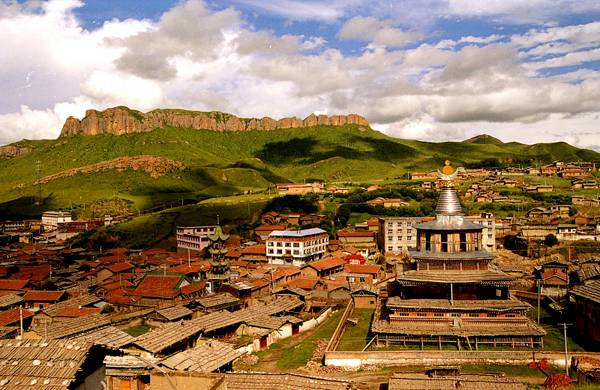
In early morning, the nomads are busy with their routine: milking, collecting yak dung, churning butter, etc. If you like you can experience and partake in these activities for yourself.
We will begin our return to Langmusi around 10:00am and arrive at around 3:00pm. On the way back, we will have a visit to a traditional Tibetan village named "Jikehe" and have lunch with one family there. So beside the young people's herding life on the grasslands, you also can see the life for old people and children in the village. If you need to be back in Langmusi earlier please inform us and we can depart earlier in the morning.
From late April to early July, we will return to Langmusi from the source of the White Dragon River whilst having visited the Ocean of Flower, Medical Spring and the Jikehe Village. Today we will spend around 4 hours on horseback.
From middle July to late August, we will pass through the Ocean of Flower, after visiting the Medical Spring and Jikehe Village, and then back to Langmusi. Today we will spend around 4 hours on horseback.
From early September to late November, we will return to Langmusi from the Ocean of Flower after having visited the Medical Spring and Jikehe Village. Today we will spend around 3.5 hours on horseback.
D6 Langmusi / Sangke grasslands / Lanzhou
Today, drive back to Lanzhou. On the way back, we’ll visit Sangke grasslands. It lies about 14km west of Xiahe. It boasts good reputation for its excellent pasture and frequent magnificent Buddhist ceremonies.
Itinerary
D1 Lanzhou: Bingling Temple / Xiahe
Your guide will meet you at Lanzhou and take you to Bingling Temple. To get to Bingling Temple, expet land transporation, you will enjoy about one-hour boat tour. Bingling Temple Caves, also known as Thousand Buddha Caves, have 183 grottoes filled with 679 stone figures and 82 clay figures carved into natural caves and caverns in a canyon along the Yellow River. After the visit of Bingling Temple, drive to Xiahe and check in hotel.
D2 Labrang Monastery / Tongren / Lower Wutun Monastery
In the morning, drive to Labrang Monastery. Originally built in 1709, Labrang Monastery is one of the main academic monasteries outside of Lhasa in Tibet. Then go to Tongren to visit lower Wutun Monastery, which is a tibetan temple with over 300 years history and is also the hometown of “Wutun Art”.
D3 Upper Wutun Monastery / Rongwo Monastery / Langmusi
In the morning, travel to upper Wutun Monastery and then Rongwo Monastery. “rongwo” in Tibetan means agriculture. Rongwo Monastery belongs to national key cultural relics protection units and itsposition in scale and influence is just second to Labrang Monastery and Ta’er Monastery. In the afternoon, drive to Langmusi and stay the night there.
D4 Langmusi / White Dragon River / camp site
We set out from Langmusi at 10 a.m. along the White Dragon River and have lunch at its spring. After lunch we continue trekking and by 4 pm, reach a vast grassland where sheep and yaks graze. On this night, we will sleep in a yak hair tent with local people.
After arriving at camp, we take the halter and saddle off the horses and learn how to make a fire with yak dung as well as how to use a special Tibetan herding tool called a “pe.” We join our host family in driving the animals home and tying the yaks up for the night.
In the periods from late April to early July, we will spend the night at the source area of The White Dragon Rive and ride to the foot of Mt. Huagai this afternoon to have a look and return back to the source area to stay. Today we will spend around 4 hours on horseback.
From the middle July to late August, we will sleep at the foot of Mt. Huagai. Today we will spend around 3.5 hours on horseback.
From early September to early November, we will sleep in The Ocean of Flower.Today we will spend around 4 hours on horseback.
D5 camp site / "Jikehe" / Langmusi

In early morning, the nomads are busy with their routine: milking, collecting yak dung, churning butter, etc. If you like you can experience and partake in these activities for yourself.
We will begin our return to Langmusi around 10:00am and arrive at around 3:00pm. On the way back, we will have a visit to a traditional Tibetan village named "Jikehe" and have lunch with one family there. So beside the young people's herding life on the grasslands, you also can see the life for old people and children in the village. If you need to be back in Langmusi earlier please inform us and we can depart earlier in the morning.
From late April to early July, we will return to Langmusi from the source of the White Dragon River whilst having visited the Ocean of Flower, Medical Spring and the Jikehe Village. Today we will spend around 4 hours on horseback.
From middle July to late August, we will pass through the Ocean of Flower, after visiting the Medical Spring and Jikehe Village, and then back to Langmusi. Today we will spend around 4 hours on horseback.
From early September to late November, we will return to Langmusi from the Ocean of Flower after having visited the Medical Spring and Jikehe Village. Today we will spend around 3.5 hours on horseback.
D6 Langmusi / Sangke grasslands / Lanzhou
Today, drive back to Lanzhou. On the way back, we’ll visit Sangke grasslands. It lies about 14km west of Xiahe. It boasts good reputation for its excellent pasture and frequent magnificent Buddhist ceremonies.
